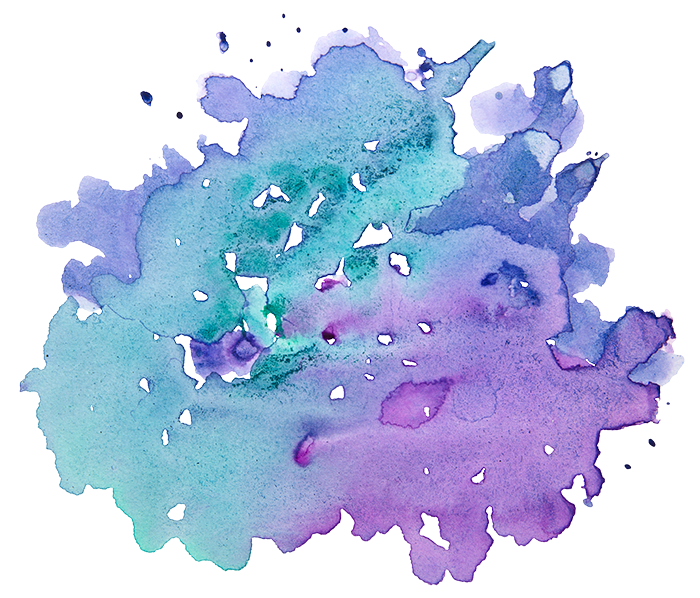by Karen Abraham, Mikveh Guide
“A guest is coming to toivel.”
“Toivel?”
“To make new dishes ready for use. Take a look in the file drawer for more information.”
I quickly set down the phone and opened the drawer. I found the two-page explanation about how to immerse kitchen items in the mikveh. It explained why this is done — likening the Jewish table to an altar — and why we “convert” dishes for use in a Jewish home. I quickly read through the details about appropriate blessings and procedural guidelines. Just a few minutes later, I welcomed two guests with armloads of bags and boxes, straight from Target and Ikea! The two housemates made another trip back to the car for more items as I assessed how to proceed.
I grabbed scissors and a trash bag and together we unwrapped, unboxed, and unlabeled dishes, cooking utensils, cutlery, pots, pans, and a whistling teakettle. When a person immerses in the mikveh, the waters must surround them, embracing and touching every nook and cranny. The same is true for items used for preparing kosher meals, so we began to remove every sticky price tag and label. I borrowed a bottle of nail polish remover from a prep room, and I rummaged through my pocketbook to find a small bottle of hand sanitizer. Both of these items aided in removing sticky residue so all the items would get a kosher immersion in the mikveh.
Leaving the pocket doors wide open, we moved the items to the side of the mikveh. The water was ready to receive them. Our guests paused to recite the blessing:
Baruch Atah Adonai, Eloheinu Melech Ha’olam, Asher Kidshanu B’mitzvotav V’Tzivanu Al Tevilat Keilim. Blessed are You, God of all creation, Who sanctifies us with Your commandments and commands us concerning the immersion of vessels.
I quickly realized that we were going to need many towels. I lined the side of the pool with dry towels to collect the newly immersed dishes. One of the guests grabbed a new stainless steel colander and filled it with smaller utensils to dunk, making sure that he momentarily let go of the container to assure that the mikveh water touched all of the items. We dipped red plates for meat and white plates for dairy. The guests chatted about meals that they hoped to prepare for themselves and friends. We created an assembly line for drying and repacking all of the new items. When we were finished toivel–ing, the guests left Mayyim Hayyim eager to cook kosher meals, share recipes and cuisine with friends, and celebrate Jewish holidays with their kashered dishes and utensils.
Thinking back to this guiding experience, at first I felt it was completely unique from any other immersion. The intimacy and private nature of human immersions was not a concern for toivel–ing. The nervousness and anxiety that also comes with human immersions was not present. Yet, upon deeper reflection, I realized that toivel-ing celebrated a transformation and the anticipation of change, just as a bride immersing before a wedding or an adopted child converting to Judaism. The ritual of dunking dishes and spoons was indeed a holy endeavor. As a Mikveh Guide, I felt especially privileged to have intimately participated in transforming and preparing a new kosher kitchen.
 Karen Abraham is teacher at The Rashi School, as well as a Mikveh Guide. She resides in Natick with her husband and teenage son.
Karen Abraham is teacher at The Rashi School, as well as a Mikveh Guide. She resides in Natick with her husband and teenage son.

